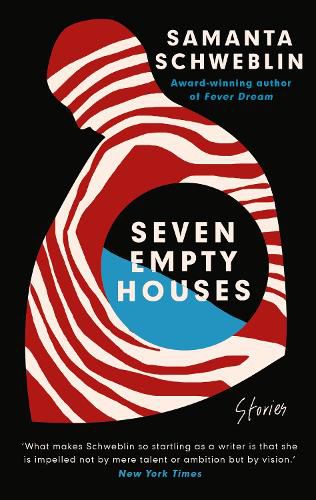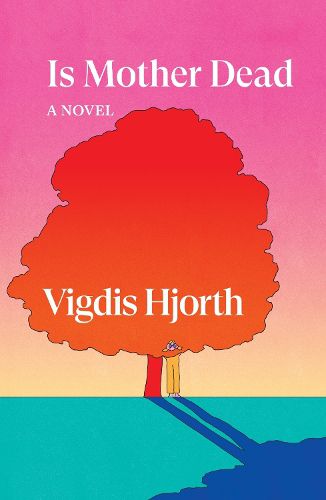This month we’re reading novels translated from Japanese, Spanish, Dutch, and Norwegian.
Lady Joker: Volume 2 by Kaoru Takamura (translated from Japanese by Allison Markin Powell and Marie Iida)
This second half of Lady Joker by Kaoru Takamura, the Grand Dame of Japanese crime fiction, concludes the breathtaking saga introduced in Volume I.
Inspired by the real-life Glico-Morinaga kidnapping, an unsolved case that terrorized Japan for two years, Lady Joker reimagines the circumstances of this watershed episode in modern Japanese history and brings into riveting focus the lives and motivations of the victims, the perpetrators, the heroes and the villains. As the shady networks linking corporations to syndicates are brought to light, the stakes rise, and some of the professionals we have watched try to fight their way through this crisis will lose everything – some even their lives. Will the culprits ever be brought to justice? More importantly – what is justice?
Weasels in the Attic by Hiroko Oyamada (translated from Japanese by David Boyd)
Two friends meet across three dinners. In the back room of a pet shop, they snack on dried shrimps and discuss fish-breeding. In a remote new home in the mountains, they look for a solution to a weasel infestation. During a dinner party in a blizzard, a mounting claustrophobia makes way for uneasy dreams. Their conversations often take them in surprising directions, but when one of the men becomes a father, more and more is left unsaid.
With emotional acuity and a wry humour, Weasels in the Attic it is an uncanny and striking reflection on fertility, masculinity, and marriage in contemporary Japan.
Seven Empty Houses by Samanta Schweblin (translated from Spanish by Megan McDowell)
Playful and unsettling, teeming with the energy of barely contained violence, Seven Empty Houses dismantles the neat appearance of domesticity to expose the darkness and discomfort that lies beneath. A neighbour looks on as a couple grieve the loss of their son. A young girl makes an unwelcome acquaintance in a hospital waiting room. A woman prepares for death with ruthless precision.
Ominous and exhilarating, reminiscent of the best of Shirley Jackson, these chilling tales cement Samanta Schweblin’s place among the finest short story writers at work today.
Is Mother Dead by Vigdis Hjorth (translated from Norwegian by Charlotte Barslund)
‘To mother is to murder, or close enough’, thinks Johanna, as she looks at the spelling of the two words in Norwegian. She’s recently widowed and back in Oslo after a long absence as she prepares for a retrospective of her art.
The subject of her work is motherhood and some of her more controversial paintings have brought about a dramatic rift between parent and child. This new proximity, after decades of acrimonius absence, set both women on edge, and before too long Johanna finds her mother stalking her thoughts, and Johanna starts stalking her mother’s house.
The Ascent by Stefan Hertmans (translated from Dutch by David McKay)
In the summer of 1979, a house in Ghent caught Stefan Hertmans' attention. Despite its dilapidated state, he was drawn to the house and bought it on an impulse. Only twenty years later did he come to understand the house's horrific history. Its previous owner, Willem Verhulst, had been a member of the SS.
Reflecting on this place that had been his home for so long, Hertmans was determined to find out more about Verhulst's political and private life. He spoke to Verhulst's family, consulted archives and found intimate documents. In doing so, Hertmans not only unravelled the links between the house's former visitors and prominent contemporary figures, but also uncovered the marital drama that took place there – Verhulst's commitment to the SS was at odds with the outlook of his Dutch wife, a deeply religious pacifist.







